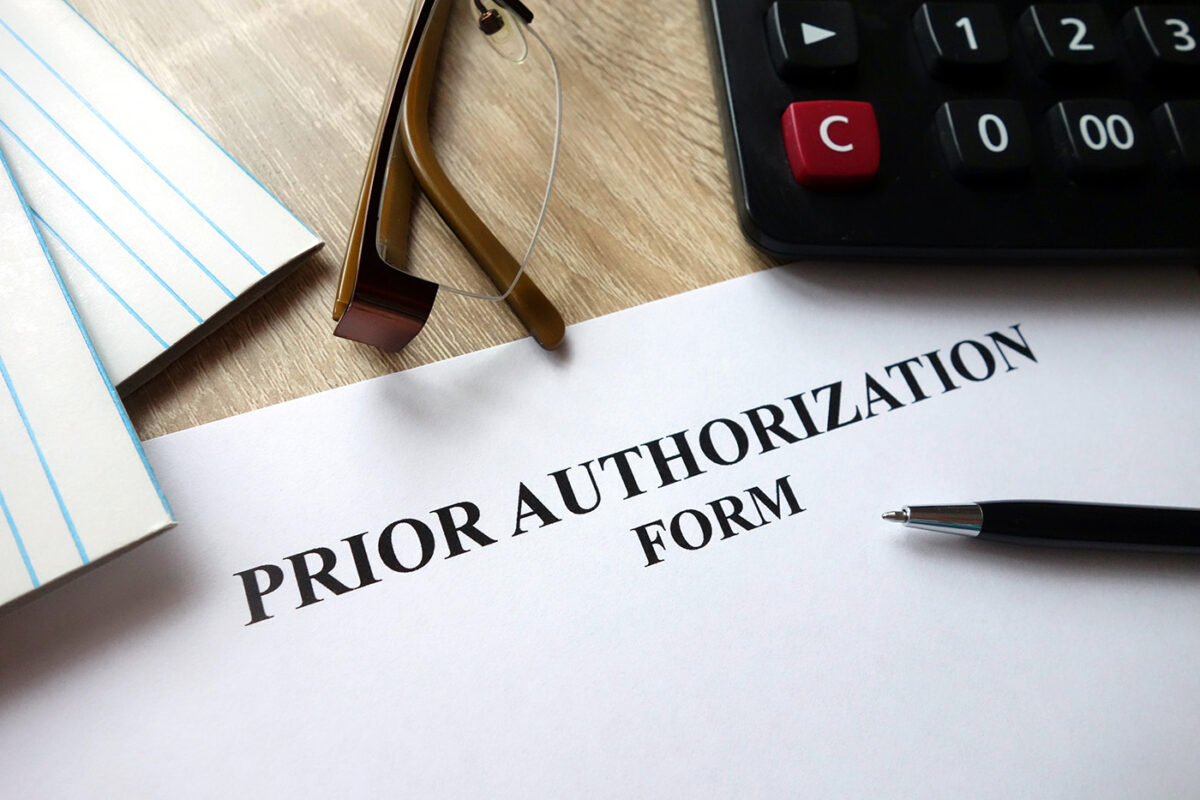
Author
Elizabeth (Izzy) Montgomery, MPA
Policy Analyst
Contact
ACHI Communications
501-526-2244
jlyon@achi.net
For the first time, Medicare will negotiate the prices of 10 of the most expensive prescription drugs under a key provision of the Inflation Reduction Act of 2022 aimed at making health care more affordable for Americans.
On Tuesday, Aug. 29, the Centers for Medicare and Medicaid Services (CMS) announced the initial 10 drugs for which the agency will negotiate prices under Part D, the prescription drug coverage component of Medicare.
The 10 Drugs Subject to Medicare Price Negotiation
- Eliquis, used to prevent strokes and blood clots.
- Jardiance, used to treat diabetes and heart failure.
- Xarelto, used to prevent strokes and blood clots.
- Januvia, used to treat diabetes,
- Farxiga, used to treat diabetes, heart failure, and chronic kidney disease.
- Entresto, used to treat heart failure.
- Enbrel, used to treat arthritis and other autoimmune conditions.
- Imbruvica, used to treat blood cancers.
- Stelara, used to treat Crohn’s disease.
- Fiasp, Fiasp FlexTouch, Fiasp PenFill, NovoLog, NovoLog FlexPen, and NovoLog PenFill, all insulin products used to treat diabetes.
According to CMS, the drugs selected account for approximately $50.5 billion in total Part D-covered prescription drug costs, nearly 20% of total Part D-covered prescription drug costs between June 1, 2022, and May 31, 2023. The negotiated prices for these initial drugs are expected to be released by Sept. 1, 2024, with prices going into effect by Jan. 1, 2026.
CMS will also select up to 15 additional drugs covered under Part D for price negotiation in 2027. In 2028, up to 15 more drugs will be selected for price negotiation and will include drugs under Part B, which covers drugs administered in outpatient settings such as doctors’ offices, along with drugs under Part D.
Other Changes to Medicare Drug Pricing
The Inflation Reduction Act includes other notable provisions related to Medicare drug pricing. Beginning Jan. 1, 2023, CMS capped patient cost sharing for insulin at $35 monthly under Part D. On July 1, 2023, insulin covered under Part B also became subject to the cap, with Part B often covering external insulin pumps. The monthly cap applies to stand-alone drug plans and Medicare Advantage plans.
The Inflation Reduction Act also includes a cap on total out-of-pocket drug costs beginning in 2024. Currently, Part D provides catastrophic coverage for high out-of-pocket costs, but there is no limit on the total amount enrollees pay out of pocket annually. In 2025, the annual cap will drop to $2,000 and will be indexed annually for inflation thereafter. Enrollee out-of-pocket spending is projected to be reduced by about $7.4 billion annually among the 18.7 million Medicare Part D enrollees, amounting to nearly $400 in savings per person in out-of-pocket costs. In 2024, changes to Medicare’s prescription drug benefit are estimated to save approximately 178,000 Medicare Part D enrollees in Arkansas over $37 million.
For other key health-related provisions of the Inflation Reduction Act, see our previous blog post.






